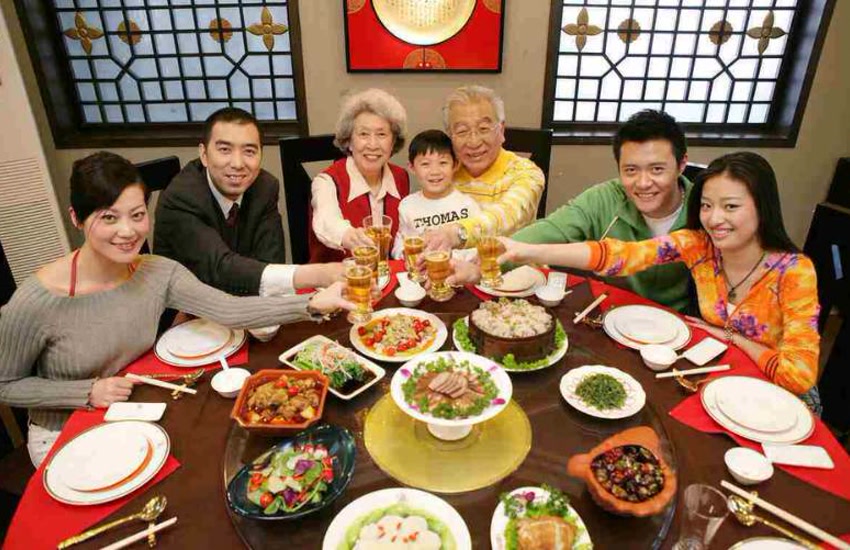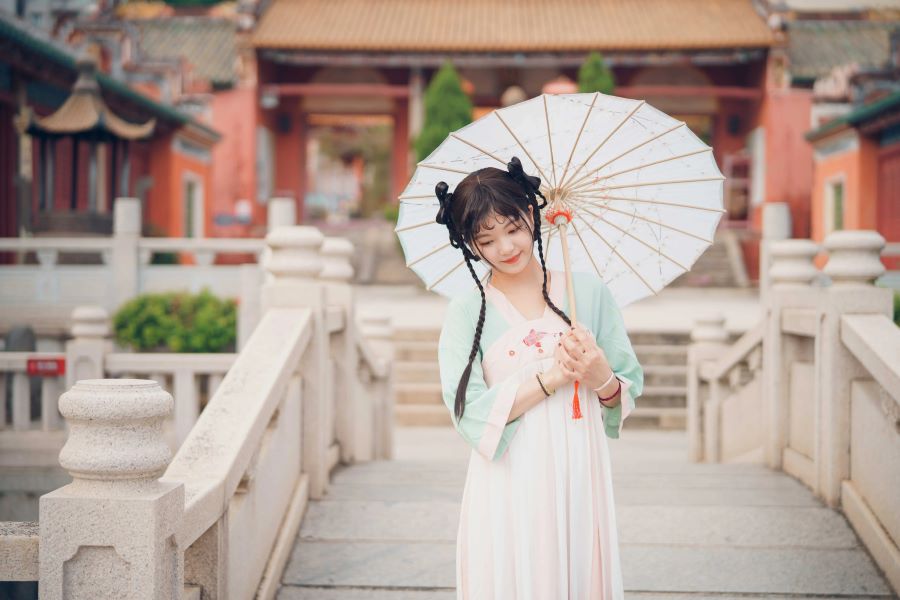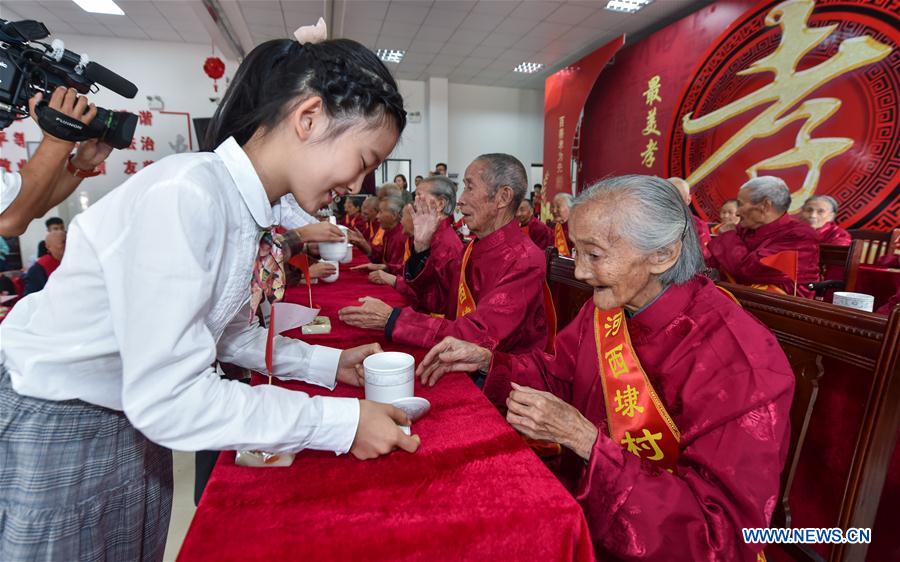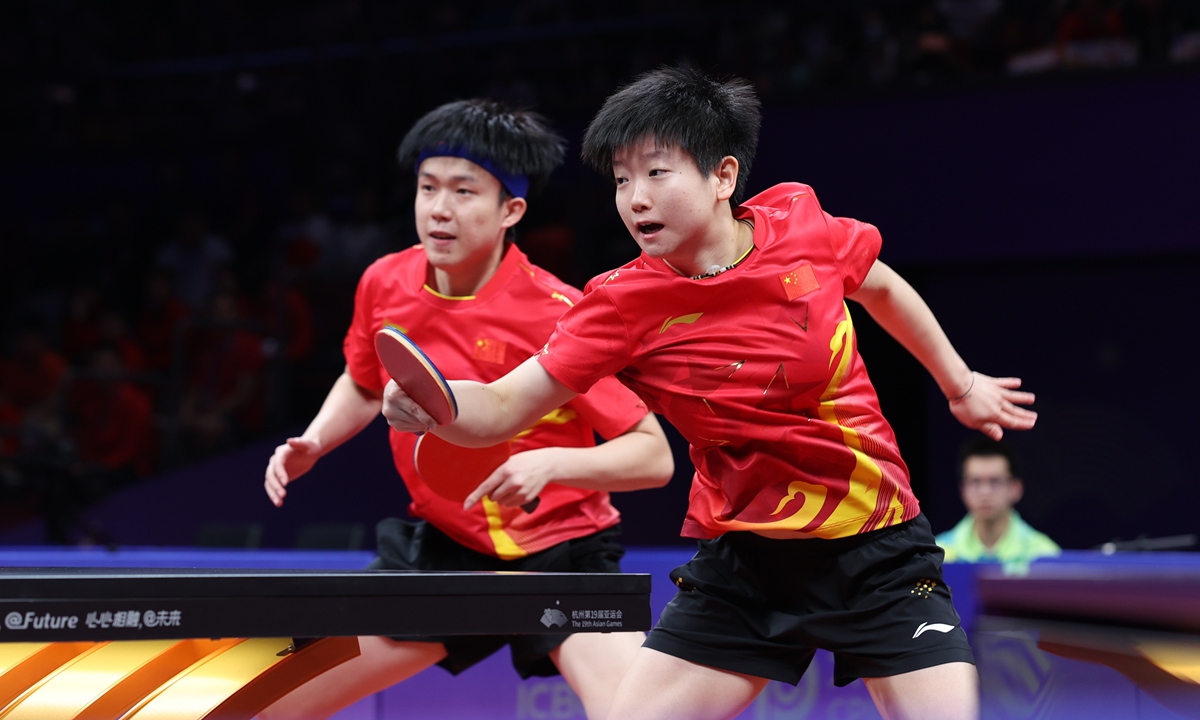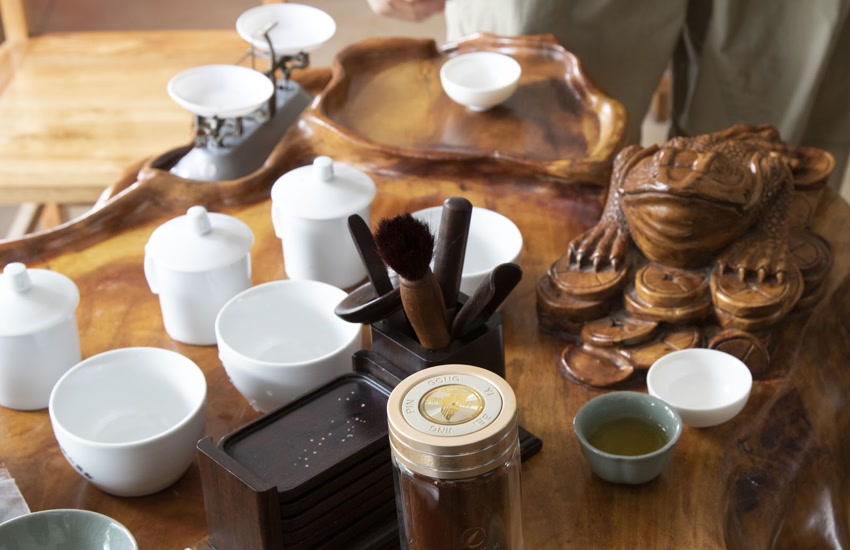
Hey there, fellow travel and culture enthusiasts! Today, I want to take you on a journey – not across continents, but into a teacup.
Specifically, into the heart of the Chinese tea ceremony, a practice steeped in history, symbolism, and a whole lot of respect.
Forget your grab-and-go lattes; we’re diving deep into the art of chadao (茶道), the way of tea.
More Than Just a Cuppa: The Historical Brew
The roots of the Chinese tea ceremony
The roots of the Chinese tea ceremony run deep, tracing back to the Tang Dynasty (618-907 AD). Imagine a time when tea wasn’t just a quick pick-me-up but a ritual, a meditative practice embraced by monks and scholars alike. Over time, it evolved from a purely spiritual practice into a more refined and elaborate social custom. Different dynasties added their own flourishes, shaping the ceremony into the multifaceted tradition we see today.
Reflecting Core Values
What I find fascinating is how the tea ceremony reflects the core values of Chinese culture: harmony, respect, and appreciation. It’s not just about the taste of the tea; it’s about the process, the connection with others, and the mindful appreciation of the moment.
The Art of Preparation: A Step-by-Step Guide to “Gongfu Cha”
The Gongfu Cha Breakdown

Now, let’s get down to the nitty-gritty. While there are variations in tea ceremonies across different regions and occasions, one of the most renowned styles is gongfu cha (工夫茶). The literal translation? “Making tea with skill.” And trust me, it’s an apt description!
- The Tea Set Symphony: First, you’ll need the right tools. Think small, unglazed Yixing teapots (known for their ability to absorb the tea’s flavor over time) or delicate Jingdezhen porcelain cups. The type of tea dictates the teaware, so selecting the appropriate set is paramount. The beauty of the tea set enhances the overall experience.
- Warming Up: The ceremony begins with preheating and rinsing the teapot and cups. This isn’t just about hygiene; it’s about awakening the tea and releasing its aroma. Think of it as preparing the stage for the main act.
- Awakening the Leaves: Next comes “washing” the tea leaves. This involves briefly steeping them in hot water and then discarding the liquid. This removes any impurities and allows the leaves to unfurl and release their full flavor potential.
- The Perfect Steep: The art of steeping is crucial. The water temperature, steeping time, and even the pouring technique all play a significant role in the final taste. Too hot, and you’ll burn the leaves. Too long, and the tea will be bitter. It’s a delicate dance, requiring practice and intuition.
- Serving with Respect: Finally, the moment of truth – serving the tea. In traditional ceremonies, tea is offered with both hands as a sign of utmost respect. The host pours the tea slowly and deliberately, filling each cup only partially. This allows the guest to appreciate the color, aroma, and flavor of the tea in stages.
More Than a Drink: The Social Significance
Symbol of Respect and Gratitude

While the technical aspects of the ceremony are impressive, the true magic lies in its social significance. The Chinese tea ceremony is a powerful symbol of respect, gratitude, and hospitality. It’s a way to honor elders, welcome guests, and strengthen familial bonds.
The Tea Ceremony and Family
Think about it: in our fast-paced world, how often do we truly slow down and connect with others? The tea ceremony forces us to do just that. It’s a shared experience, a moment of mindfulness and connection that transcends words.
Regional Variations: A Tapestry of Traditions
Diversity in Tea Ceremonies
Just like any cultural practice, the Chinese tea ceremony isn’t monolithic. It varies from region to region, reflecting the unique customs and preferences of different communities. The type of tea used, the style of teaware, and even the specific steps involved can all differ depending on the location.
Experiencing the Tradition: Where to Witness the Ceremony
If you’re planning a trip to China and want to witness a tea ceremony firsthand, you have several options. Many tea houses in cities like Beijing, Shanghai, and Hangzhou offer tea ceremony performances for tourists. For a more authentic experience, consider visiting a rural area known for its tea production. In places like Hangzhou’s Longjing (Dragon Well) tea region or Fujian’s Wuyi Mountains, you might have the opportunity to participate in a tea ceremony with local families or tea farmers. This can be a truly immersive and unforgettable experience.
The Enduring Appeal of Tea
Tea in Modern China
The Chinese tea ceremony isn’t just a relic of the past; it’s a living tradition that continues to thrive in modern China. In a world that’s increasingly driven by technology and instant gratification, the tea ceremony offers a welcome respite, a chance to slow down, connect with others, and appreciate the simple pleasures of life.
It’s a reminder that some things are worth preserving, that tradition and ritual can still hold meaning in the 21st century. So, the next time you brew a cup of tea, take a moment to appreciate the rich history and cultural significance behind this humble beverage. You might just find yourself transported to a world of serenity, connection, and mindful appreciation. Cheers (or, should I say, gan bei! 乾杯!) to that!


